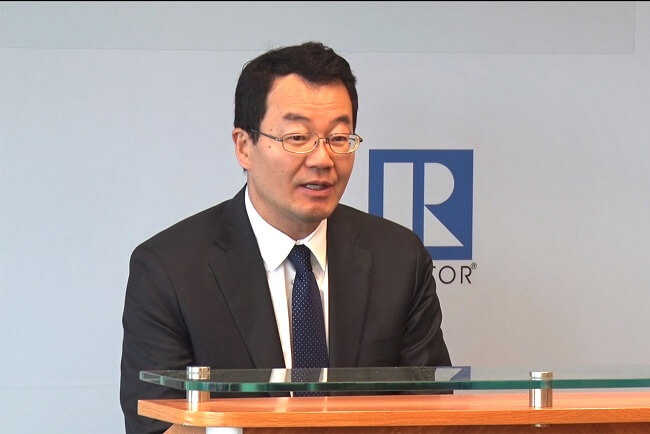According to the National Association of Realtors’ latest quarterly report, nearly seven out of 10 metro markets registered home price gains in the first quarter as 30-year fixed mortgage rates fluctuated between 6.1% and 6.7%
Seven percent of the 221 tracked metro areas registered double-digit price increases over the same period, down from 18% in the fourth quarter of 2022.
Compared to a year ago, the national median single-family existing-home price decreased 0.2% to $371,200. In the previous quarter, the year-over-year national median price increased 4.0%.
Among the major U.S. regions, the South saw the largest share of single-family existing-home sales (46%) in the first quarter, with year-over-year price appreciation of 1.4%. Prices climbed 2.9% in the Midwest yet slipped 0.1% in the Northeast and 5.3% in the West.
“Generally speaking, home prices are lower in expensive markets and higher in affordable markets, implying greater mortgage rate sensitivity for high-priced homes,” says NAR Chief Economist Lawrence Yun.
Yun notes that cities in the West like San Francisco, San Jose and Reno saw home prices drop by at least 10% from a year ago. Conversely, prices rose by at least 10% from the previous year in cities like Milwaukee, Dayton and Oklahoma City.
“Home prices are also lower in cities that previously experienced rapid price gains,” Yun adds. “For example, home prices grew an astonishing 67 percent in three years in Boise City and Austin through 2022. The latest price reductions in these areas have improved housing affordability and led to some buyers returning given the sustained, rapid job creation in their respective markets.”
Year-over-year prices in the first quarter declined by 13.5% in Austin, 10.3% in Boise and 7.3% in Phoenix.
In the first quarter, housing affordability improved slightly from the fourth quarter of 2022, when mortgage rates eclipsed 7%. The monthly mortgage payment on a typical existing single-family home with a 20% down payment was $1,859. This represents a 5.5% decrease from the fourth quarter of last year ($1,967) but a jump of 33.1% – or $462 – from one year ago. Families typically spent 24.5% of their income on mortgage payments, down from 26.2% in the previous quarter but up from 19.5% one year ago.
First-time buyers found a small measure of relief when looking to purchase a typical home during the first quarter with the quarterly declines in prices and mortgage rates. For a typical starter home valued at $315,500 with a 10% down payment loan, the monthly mortgage payment fell to $1,825, down 5.4% from the previous quarter ($1,930) but an increase of almost $450, or 32.5%, from one year ago ($1,377). First-time buyers typically spent 37% of their family income on mortgage payments, down from 39.5% in the previous quarter.














